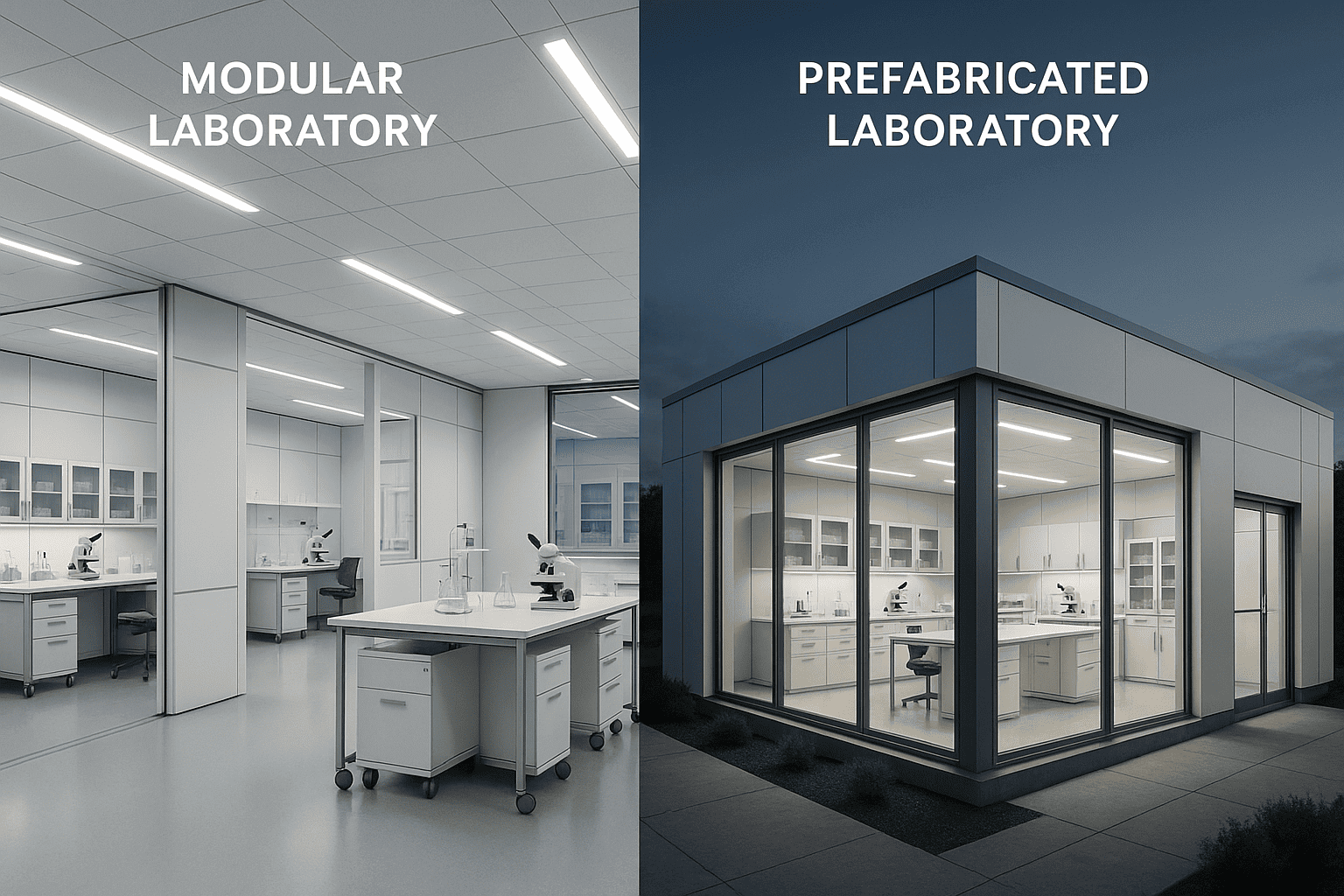When it comes to designing or upgrading a laboratory, the importance of proper seating is often underestimated. However, lab chairs and lab stools play a vital role in ensuring comfort, productivity, and safety for professionals who spend long hours working in controlled environments. Choosing the right seating solutions can enhance ergonomics, reduce fatigue, and support better workflow across various laboratory settings.
Whether you’re outfitting a research lab, clinical facility, or educational institution, selecting the right lab seating starts with understanding the key features that define quality. In this article, we’ll explore the top features to look for when choosing lab chairs and stools—and why working with experienced manufacturers like Lab Turnkey can make all the difference.
1- Ergonomic Design
The first and most crucial feature of any lab chair or stool is ergonomic design. Labs typically involve repetitive tasks and long hours at workbenches or lab tables. Chairs and stools must support the spine, encourage proper posture, and minimize strain on the back and shoulders.
Look for features such as:
- Adjustable height
- Backrest support
- Contoured seat cushions
- Footrests (for stools)
Ergonomic design not only improves comfort but also boosts productivity by reducing the risk of musculoskeletal disorders.
2- Material Durability and Cleanability
Laboratories are environments where cleanliness, hygiene, and chemical resistance are non-negotiable. Lab seating must be made from materials that can withstand spills, frequent cleaning, and exposure to chemicals without degrading.
Top lab stool and chair materials include:
- Vinyl or polyurethane upholstery that is chemical-resistant and easy to wipe down
- Antibacterial or antimicrobial surfaces
- Stainless steel or powder-coated metal bases for corrosion resistance
These materials ensure a long lifespan and maintain hygiene standards in sterile lab settings.
3- Mobility and Stability
In dynamic lab environments, easy movement is essential. Lab technicians often need to shift from one workstation to another or access equipment from different angles. Therefore, mobility is a key factor when choosing lab stools and chairs.
Look for:
- Smooth-rolling casters for seamless movement
- 360-degree swivel for increased flexibility
- Brake-enabled wheels or glide feet for added stability when needed
Balancing mobility with stability is crucial, especially when working with hazardous substances or delicate instruments.
4- Height Adjustability and Versatility
Not every lab bench or workstation is at the same height. A good lab chair or stool should offer a wide range of height adjustments to accommodate various tasks, users, and workstations. Some tasks may require a high seating position while others may require a lower profile.
Chairs with pneumatic lift mechanisms are ideal for quick and effortless height adjustments. For lab stools, a ring-style footrest that moves with the seat height is especially helpful for maintaining comfort during long sessions.
5- ESD (Electrostatic Discharge) Protection
In sensitive environments like electronics labs or pharmaceutical testing areas, electrostatic discharge (ESD) can cause significant damage to components or interfere with lab results. ESD-safe lab chairs and stools are designed with conductive materials to safely dissipate static electricity.
If your lab handles delicate electronics, consider ESD-compliant seating as a necessary feature rather than an optional upgrade.
6- Space-Saving Designs

Laboratories are often packed with equipment and have limited floor space. Choosing lab stools or chairs with a compact, stackable, or backless design can help save space without compromising comfort.
Backless stools, for instance, are ideal for short tasks or environments where maximum mobility and range of motion are required. Stackable models make storage and cleaning more efficient in tight lab spaces.
7- Weight Capacity and Structural Strength
A chair’s ability to support weight safely is a basic yet critical consideration. Lab seating should be built to accommodate a wide range of body types without sacrificing comfort or safety.
Premium lab chair manufacturers provide load capacity ratings for their products. Look for models with reinforced bases and high-quality cylinder mechanisms for long-term performance.
8- Customization Options
No two labs are the same, and seating requirements can vary widely depending on the lab’s focus and workflow. Reliable lab furniture manufacturers offer customization in terms of upholstery material, color, base type, and accessories like armrests, foot rings, or ESD compliance.
Having the option to customize ensures that the chairs and stools match both the functional and aesthetic needs of your lab.
Why Choose Lab Turnkey for Your Lab Seating Needs?
As one of the largest manufacturers of lab chairs and lab stools, Lab Turnkey offers a wide range of ergonomic, durable, and customizable seating solutions tailored to the unique demands of laboratory environments. With years of experience and a focus on quality, Lab Turnkey ensures every product meets international safety and hygiene standards.
Whether you’re equipping a new lab or upgrading your current setup, Lab Turnkey provides expert guidance, fast delivery, and cost-effective solutions for all your laboratory furniture needs.
Conclusion
Choosing the right lab chairs and lab stools involves more than picking what looks good. From ergonomic support to chemical resistance and space efficiency, every feature plays a role in the safety and productivity of your lab team.
By partnering with trusted manufacturers like Lab Turnkey, you ensure your lab is equipped with seating that enhances both performance and comfort. Investing in the right lab seating today can lead to better outcomes, reduced fatigue, and a healthier workplace for years to come.



